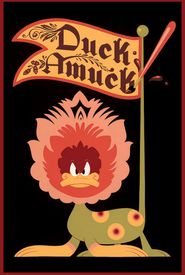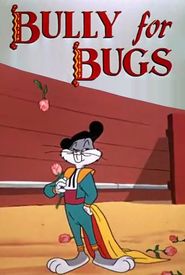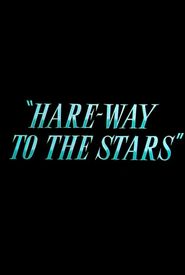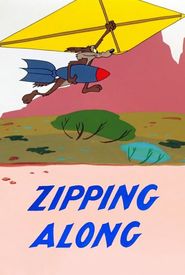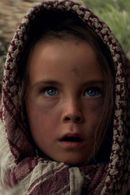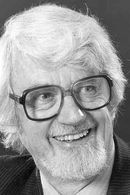Maurice Noble, a renowned layout designer, proudly upheld the traditional values of the "golden years" of animation, defying the stylized approach that gained popularity in the 1950s and 1960s.
Born with a passion for drawing, Noble initially viewed cartoons as "kid's stuff." However, his perspective changed after being hired by Disney in 1934 for $100 a month, a significant increase from his previous job as a department store designer.
One of his earliest assignments was to create watercolor backgrounds for the beloved Silly Symphonies series. Noble's work progressed to sketching and background design for Disney's most iconic animated features, including Snow White and the Seven Dwarfs (1937),Bambi (1942),and Dumbo (1941),featuring the memorable "Pink Elephants on Parade" segment.
Noble's involvement in the 1941 strike by the Cartoonists Guild led to his termination, but he soon found work with the Army Signal Corps during World War II, producing propaganda materials such as cartoons, posters, and booklets.
After demobilization, Noble freelanced in advertising, including work for U.S. Steel, before joining Chuck Jones at Warner Brothers in 1952. The duo's collaboration was incredibly fruitful, with Noble bringing his unique strengths to the table, including adapting backgrounds to suit the specific mood of the cartoon and creating dramatic visual impact.
Noble's most notable creations include the minimalist desert landscapes of the Road Runner/Coyote cartoons and the futuristic city of Duck Dodgers in the 24½th Century (1953),featuring electronic eyes and an evaporator. Among his personal favorites were Duck Amuck (1953) and the Wagnerian spoof What's Opera, Doc? (1957).
When Warner Brothers disbanded their animation department in 1964, Noble continued his partnership with Jones, first at MGM and later with Jones' own production company, working on animated Dr. Seuss TV specials, including the Grammy Award-winning How the Grinch Stole Christmas! (1966).
Throughout his illustrious career, Noble received numerous accolades, including an Annie Award for excellence in animation in 1987 and a Disney Living Legend Award in 1993.

